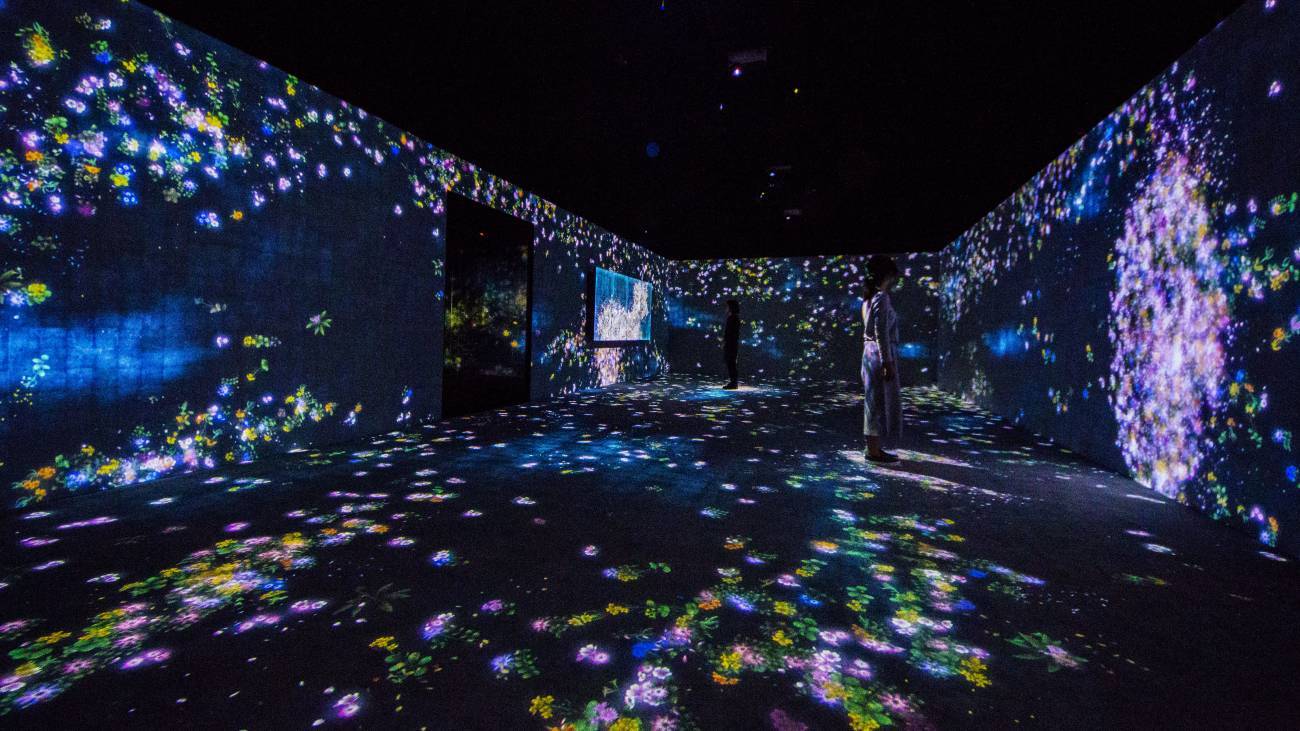
Relationships Among People
2001
Changing the Relationships Among People: Making the Presence of Others a Positive Experience
Traditional media, such as paintings, do not change in relation to the presence of viewers or their behavior. The artwork remains in a fixed relationship vis-a-vis an individual viewer. For the majority of art up until now, the presence of other viewers tended to constitute a hindrance. If you happen to find yourself alone at an exhibition, you would consider yourself to be very lucky.
When an artwork changes based on the presence or behavior of a person, the boundaries between the artwork and the viewer become blurred, making the viewer a part of the work itself. Similarly, when the artwork changes due to the presence of other people, they also become part of the work. This causes the relationship between an artwork and an individual to expand into a relationship between an artwork and a group of individuals. Whether a viewer was present five minutes ago, or the behavior of the person next to you at that moment, suddenly becomes important.
Digital art has the ability to change the relationships among people who are present in the same space. Regardless of the intentions of others to interact with an artwork, if that interaction creates change that we feel is beautiful, then the presence of others can in itself become a positive element.
This applies not only to art. In modern cities, the presence of others might be considered uncomfortable. We often cannot understand or control others, so their existence around us is something that is simply tolerated. This is because the city does not change based on your existence or that of others. However, if cities were to become digital art, the presence of other people could become a positive element. In this way, the search for new relationships among people through digital art may go beyond art, potentially influencing society’s views on how cities should evolve.